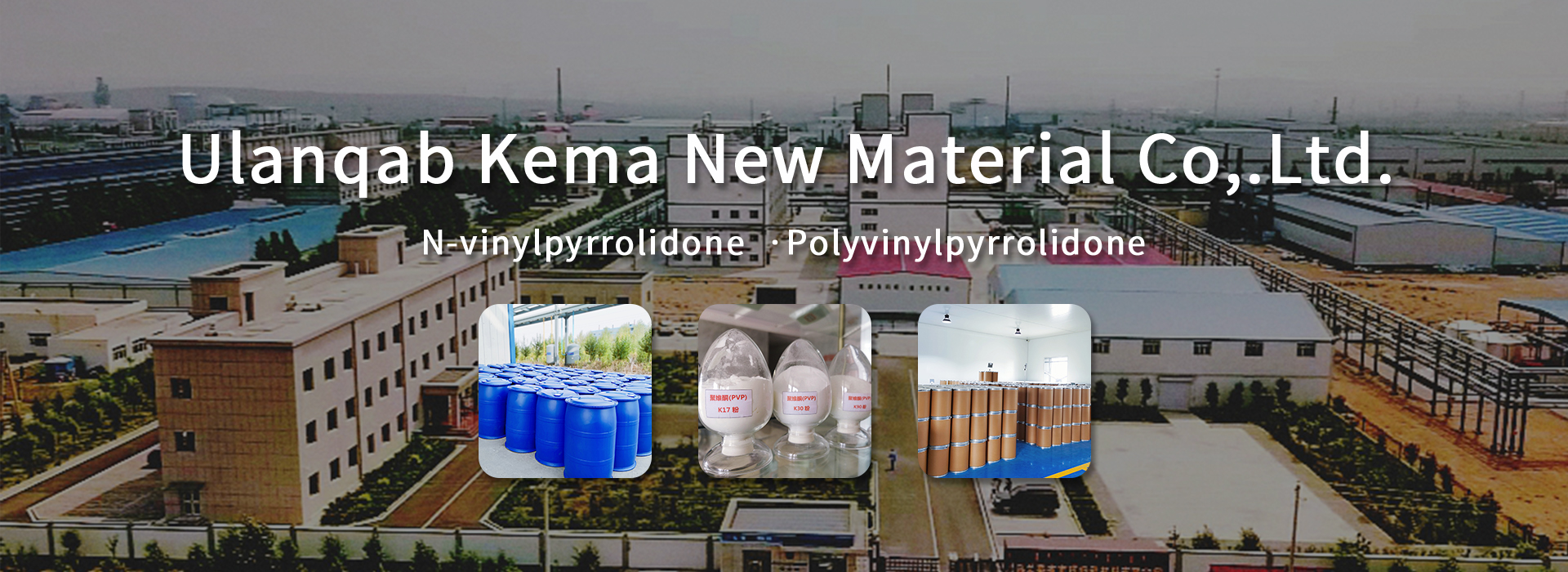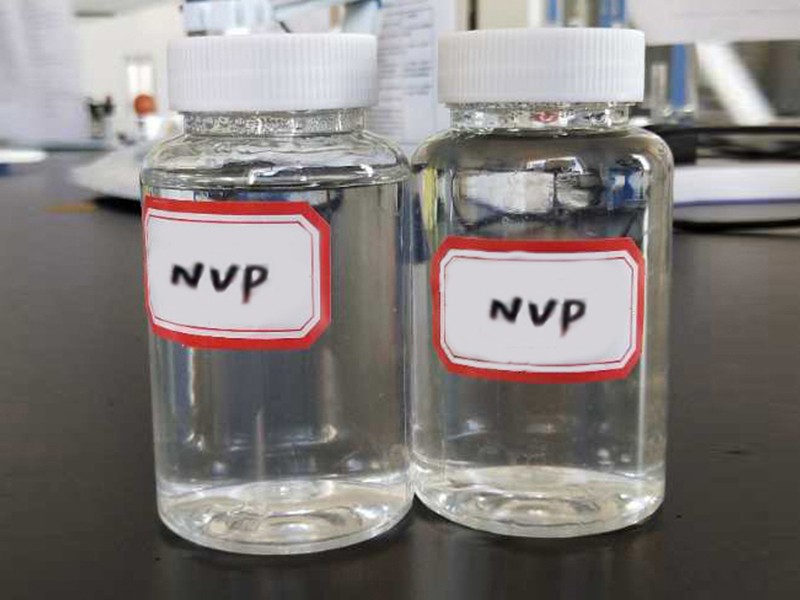The process of drug-dissolved molecules separating from the solid surface and entering the surrounding solution phase is called the dissolution process. Dissolution is a kinetic process that is usually controlled by diffusion. Dissolution was proposed by Noyes and Whitney in 1897. In 1904, the dissolution rate constant and diffusion coefficient of the solute were explored by Nernst and Brunner. Intrinsic particle size, surface area, crystal form and distribution are the solid properties of pure substances and external factors, fluid mechanics and test conditions all affect the dissolution rate. The intrinsic dissolution rate means that the thickness of the boundary layer remains unchanged and the sink condition is assumed. The mass transfer rate per unit area of the dissolved surface.
The nano method for enhancing the dissolution of drugs is one billionth of a meter. Technology refers to the science of material synthesis and manipulation within the scale. In the past 20 years, an important technological advancement is technology. One of the advantages compared with the traditional is Their particle size, for those with poor water solubility, the dissolution is greatly affected by the particle size and particle surface area. Due to the effect of vapor pressure, the particles may show increased dissolution and saturation solubility.
There are generally two methods for generating particles from pharmaceutical particles. One way is to start with a large piece of material, and then use mechanical, chemical or other forms of energy to break it down into smaller parts. This is the so-called "top-down" method. Another method? A certain material is synthesized by atoms or molecules through a chemical reaction to become precursors or particles grow to a desired size. This method is called a bottom-up method.
The two strategies of solubilization and dissolution enhancement are mainly used to improve the bioavailability of low water solubility. Self-emulsification and micellization are examples of reducing particle size into particles, while suspensions and crystals belong to the latter category. Here we focus on the study of the influence of chemical on enhancing the dissolution of poorly soluble water.
Generally, a particle refers to an object with a size of at least one dimension less than 100 nm. Particles in the field of release are generally composed of macromolecular substances and polymers, and can be made of solid submicron colloidal systems from different materials. After being trapped, wrapped or attached to the particle matrix, according to the preparation method, particles, microspheres or microcapsules can be obtained.




 全国服务热线
全国服务热线
